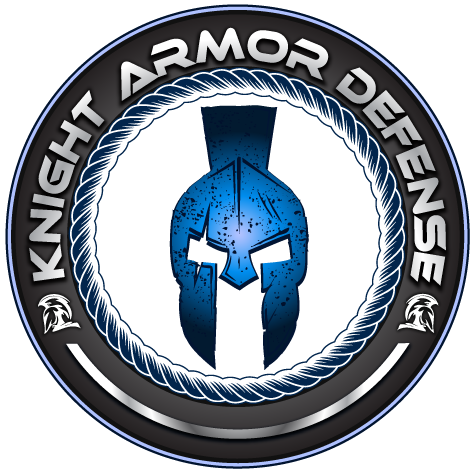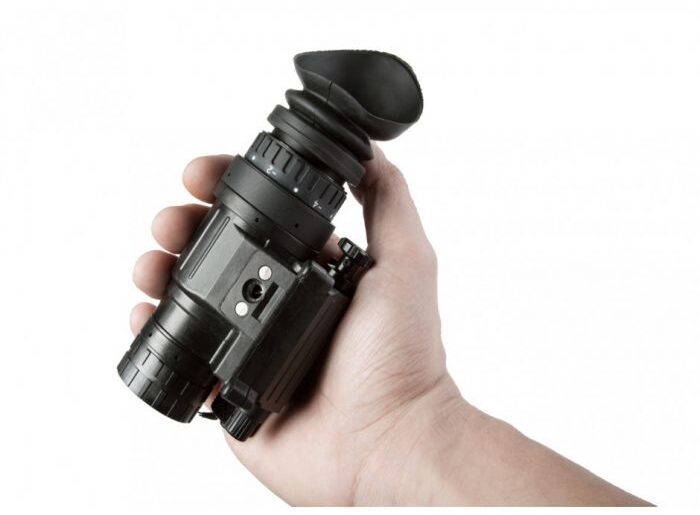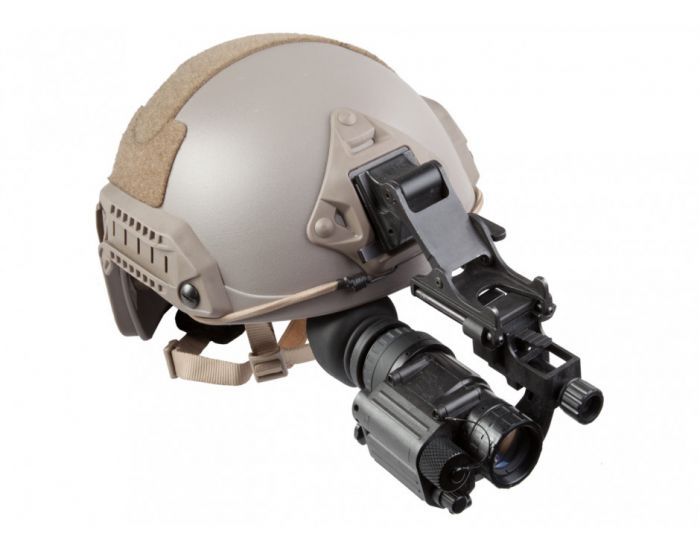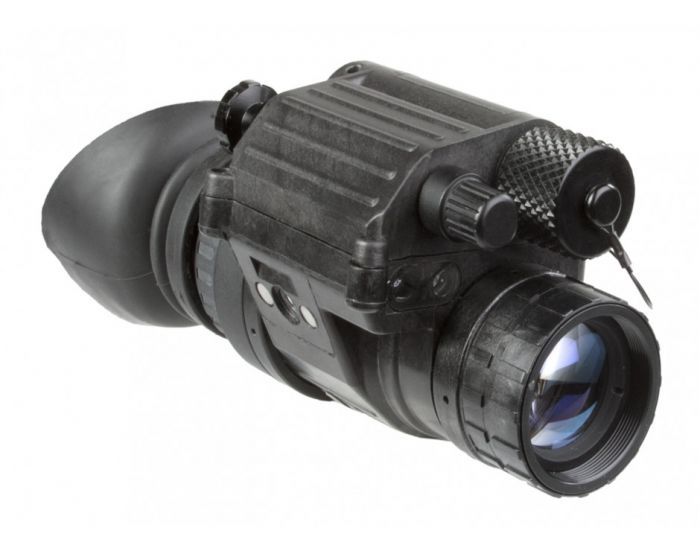So many available options, which one is right for you?
When it comes to choosing the right night vision monocular, there are several factors to consider. One of the most important is the quality of the image produced. This is very much dependent on the image intensifier tube that is in the device. Monoculars use a single intensifier tube to produce an image, but sacrifice depth perception. Monoculars with higher generation intensifier tubes generally produce a clearer and brighter image, but they are also more expensive. So how do you go about making the right choice for you?
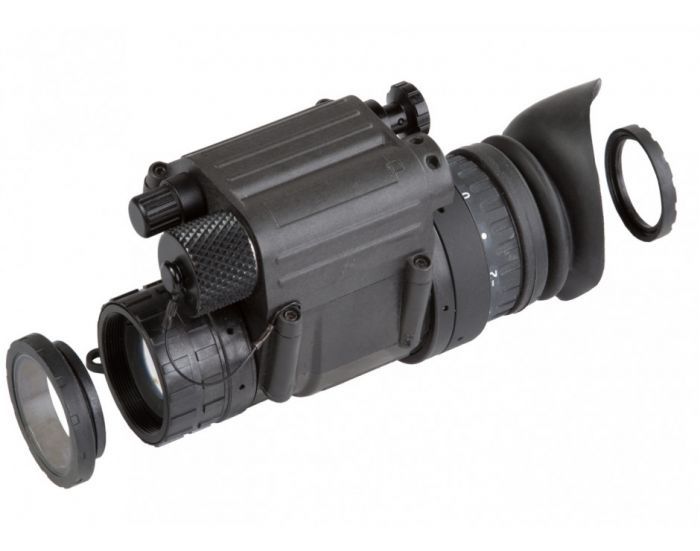
Night vision devices use image intensifier tubes to amplify ambient light, allowing users to see in low-light or even complete darkness. There are several different types of image intensifier tubes available, each with its own strengths and weaknesses.
First generation image intensifier tubes are the most basic and affordable option, but they also produce the lowest quality image. Second generation tubes offer better resolution and clarity, while third generation tubes are even more advanced, with improved sensitivity and longer lifespan, they are newest and most advanced option, offering improved performance in extreme low-light conditions and better resistance to damage.
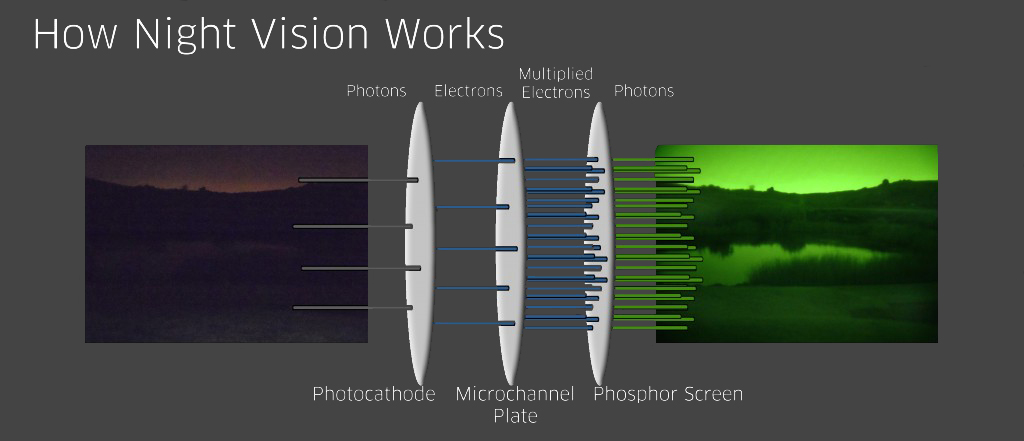
When choosing a night vision device, it’s important to consider the generation of the image intensifier tube to ensure you’re getting the level of performance and quality you need for your intended use.
Another important factor to consider is the magnification of the monocular. Most night vision monoculars have a fixed magnification, typically around 1x or 2x. However, some models offer variable magnification, with the addition of an a-focal magnifier lens, which can be useful for observing distant objects.
Durability and reliability are also important factors to consider, especially if the monocular will be used in rugged outdoor environments. Look for models that are water-resistant or waterproof and have rugged construction.
When it comes to brands, there are several top options available on the market. Armasight is known for their high-quality night vision monoculars, including the PVS-14, which is widely used by the military and law enforcement. ATN is another well-respected brand, offering a range of night vision monoculars. AGM has a wide selection of Night Vision monoculars available in various configurations. Irrespective of the brand, they are all built pretty much similarly with the same functions and features. The key is the Image Intensifier tube, that is in the device to produce the night time image.
Night vision monoculars are incredibly versatile tools that can be used in a variety of situations. They are perfect for outdoor enthusiasts, hunters, and hikers who need to navigate in low-light or complete darkness. Night vision monoculars allow the user to maintain their natural night vision in one eye, while using the monocular to see in the other eye. This can be especially helpful in situations where you need to navigate uneven terrain or avoid obstacles. Night vision monoculars are also useful for surveillance and security applications, as they allow the user to observe from a distance without being seen. Overall, night vision monoculars are a valuable tool for anyone who needs to see in low-light or dark conditions.
In conclusion, when choosing a night vision monocular, it’s important to consider factors such as image quality, magnification, durability, and brand reputation. Whether you’re a hunter, hiker, or outdoor enthusiast, a high-quality night vision monocular can enhance your outdoor experiences and provide a unique perspective on the natural world after dark.
